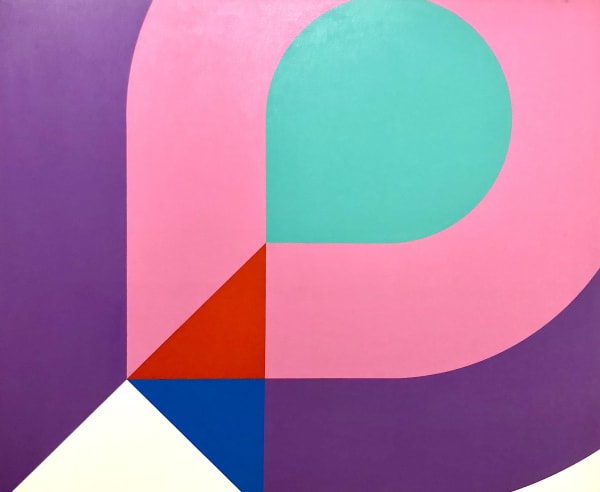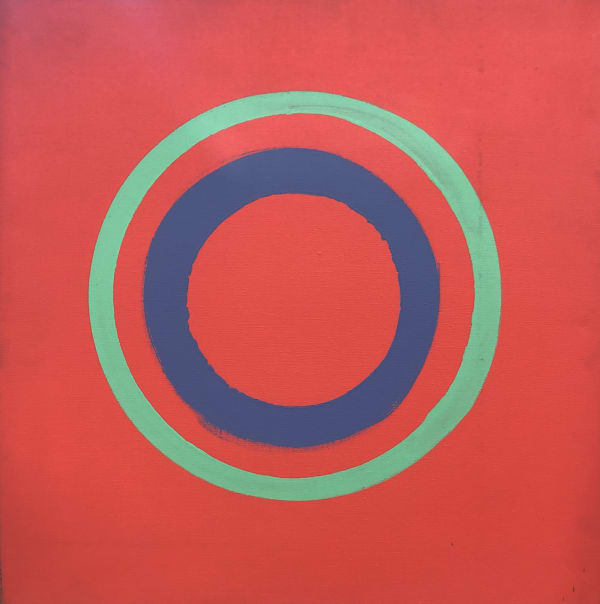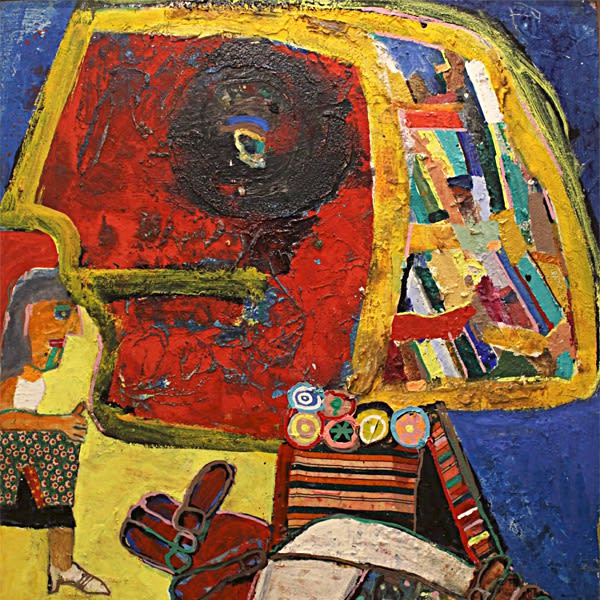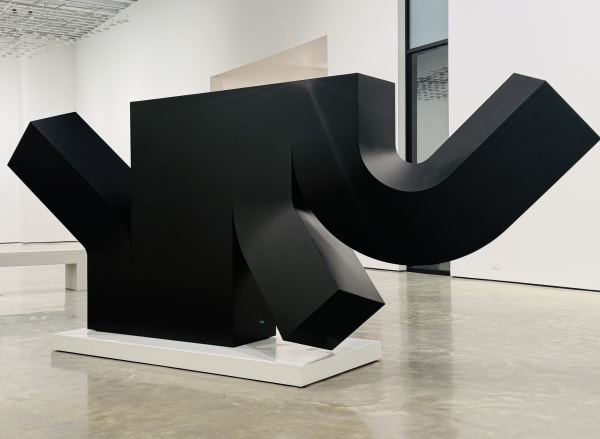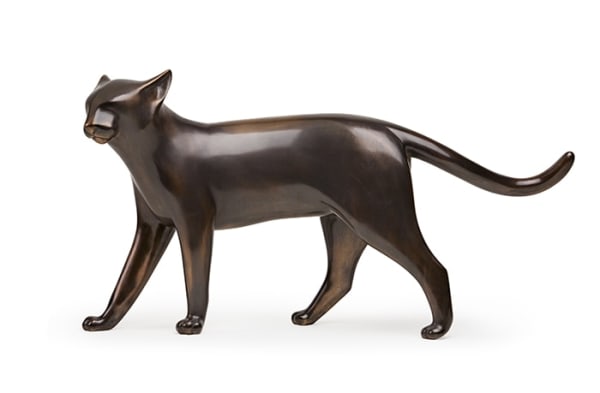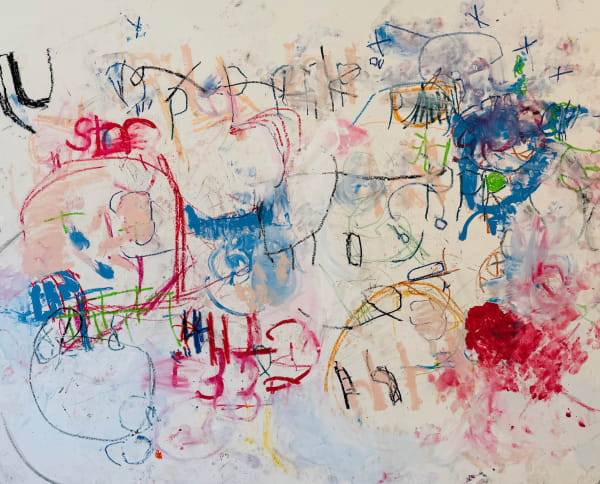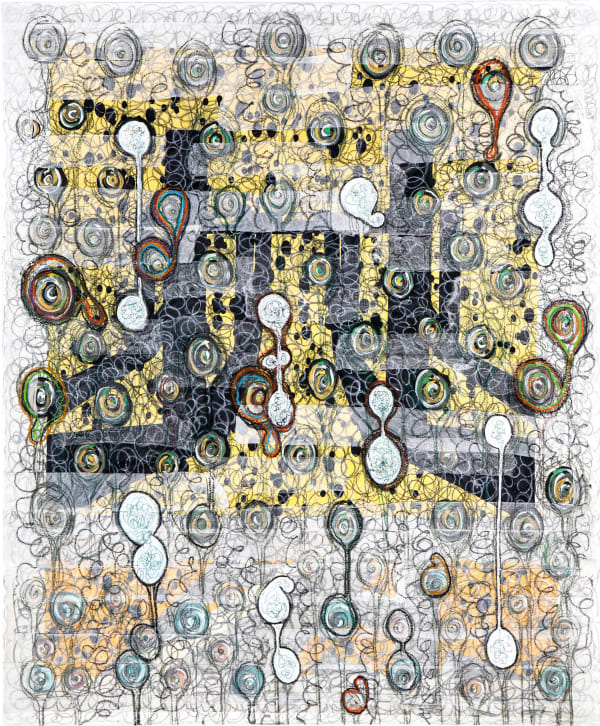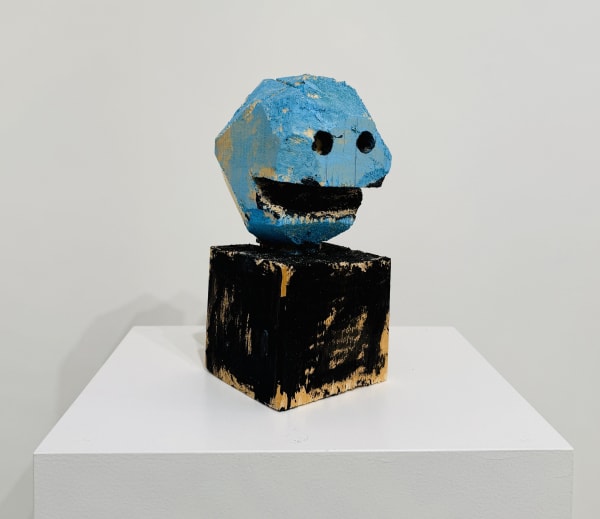-

Peter Anton
-

Estate of Chris Armstrong
-

Alice Aycock
-

Damien Beneteau
-

Ronald Bladen
-

Fanny Brodar
-

Joy Brown
-

Peter Busby
-

Ricardo Cárdenas
-

Melissa Chandon
-

Ted Collier
-

Yvonne Domenge
-

Estate of Edward Dugmore
-

Richard Erdman
-

Sandra Filippucci
-

Emily Filler
-

John Gibson
-

Camil Giralt
-

Raphaelle Goethals
-

George Ann Gowan
-

Cleve Gray
-

Don Gummer
-

Mike Hammer
-

Adam Handler
-

Christine Hayman
-

Howard Hersh
-

Hans Hofmann
-

Brad Howe
-

Anne Huibregtse
-

Vincent Inconiglios
-

Estate of Kyohei Inukai
-

Jon Isherwood
-

Canal Cheong Jagerroos
-

Taher Jaoui
-

Jung Jisook
-

Angela Johal
-

Deborah Kass
-

Insun Kim
-

Peter Kirkiles
-

Henry Klimowicz
-

Alexander Liberman
-

Joel Longenecker
-

Billy Martin
-

George McNeil
-

Clement Meadmore
-

Ruth Aizuss Migdal
-

Norman Mooney
-

Gwynn Murrill
-

Lydia Musco
-

Tim Nerheim-Chereck
-

Olalekan Odunbori
-

Kiyoshi Otsuka
-

Jonathan Perlowsky
-

Costas Picadas
-

Tim Prentice
-

Jonathan Prince
-

Christian Quintin
-

Ellen Richman
-

Peter Riezebos
-

Fontaine Scarelli
-

Martin Smith
-

Kenneth Snelson
-

Raymond Spillenger
-

Michael Steiner
-

George Sugarman
-

Philip Taaffe
-

Esteban Vicente
-

George Wardlaw
-

Michelle Weddle
-

Stefan Wiens
-

Rob Zombie






























